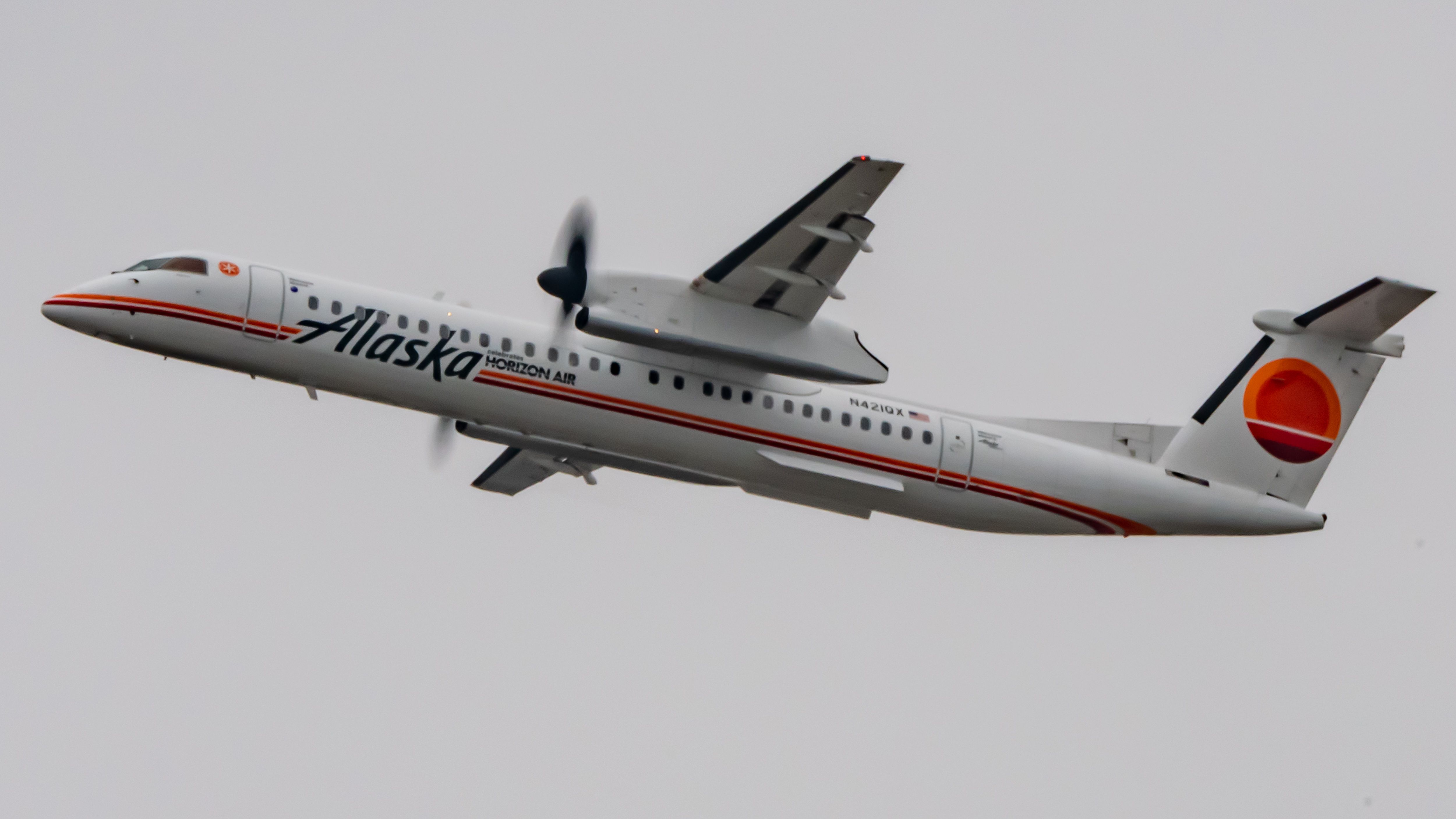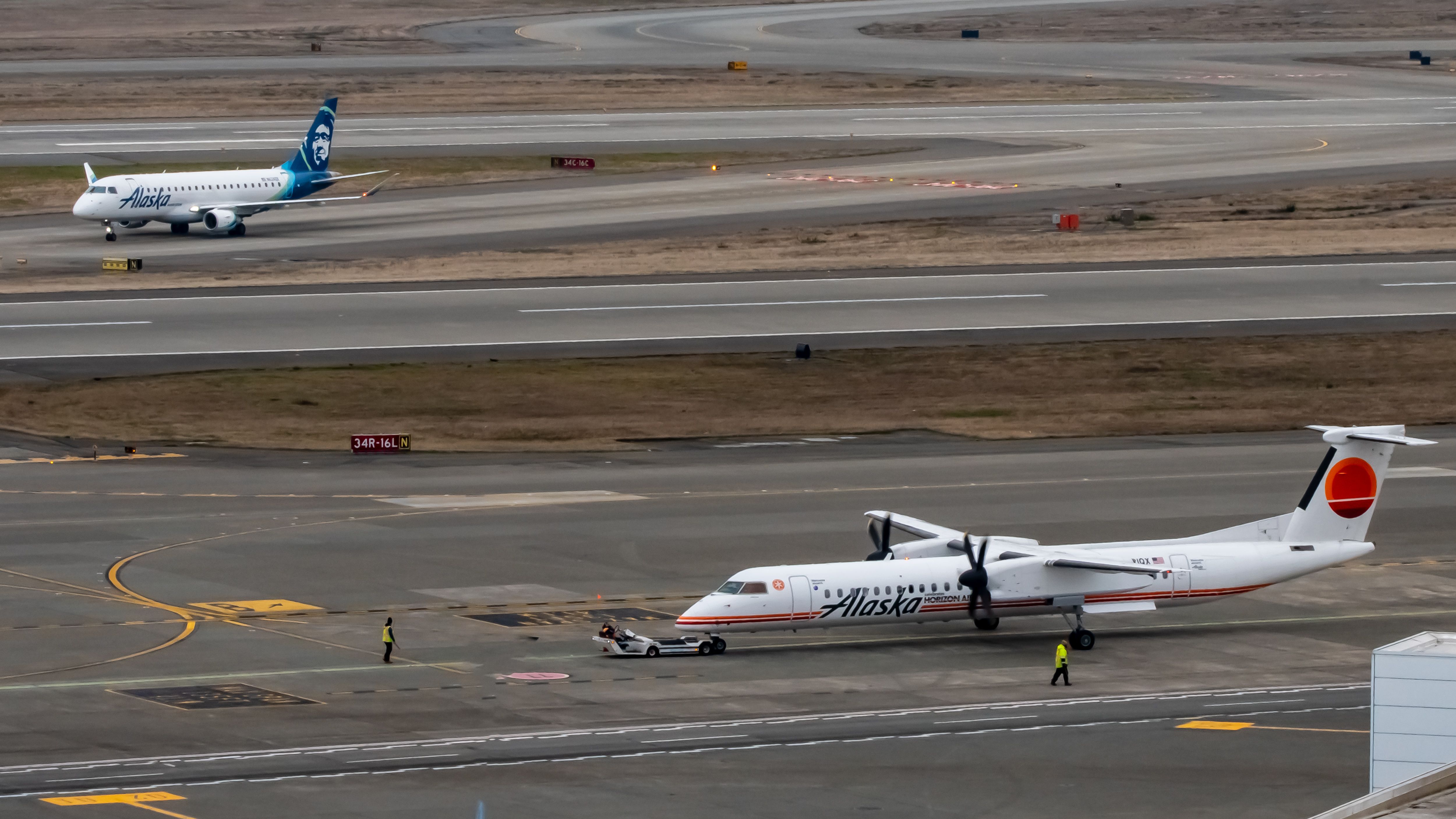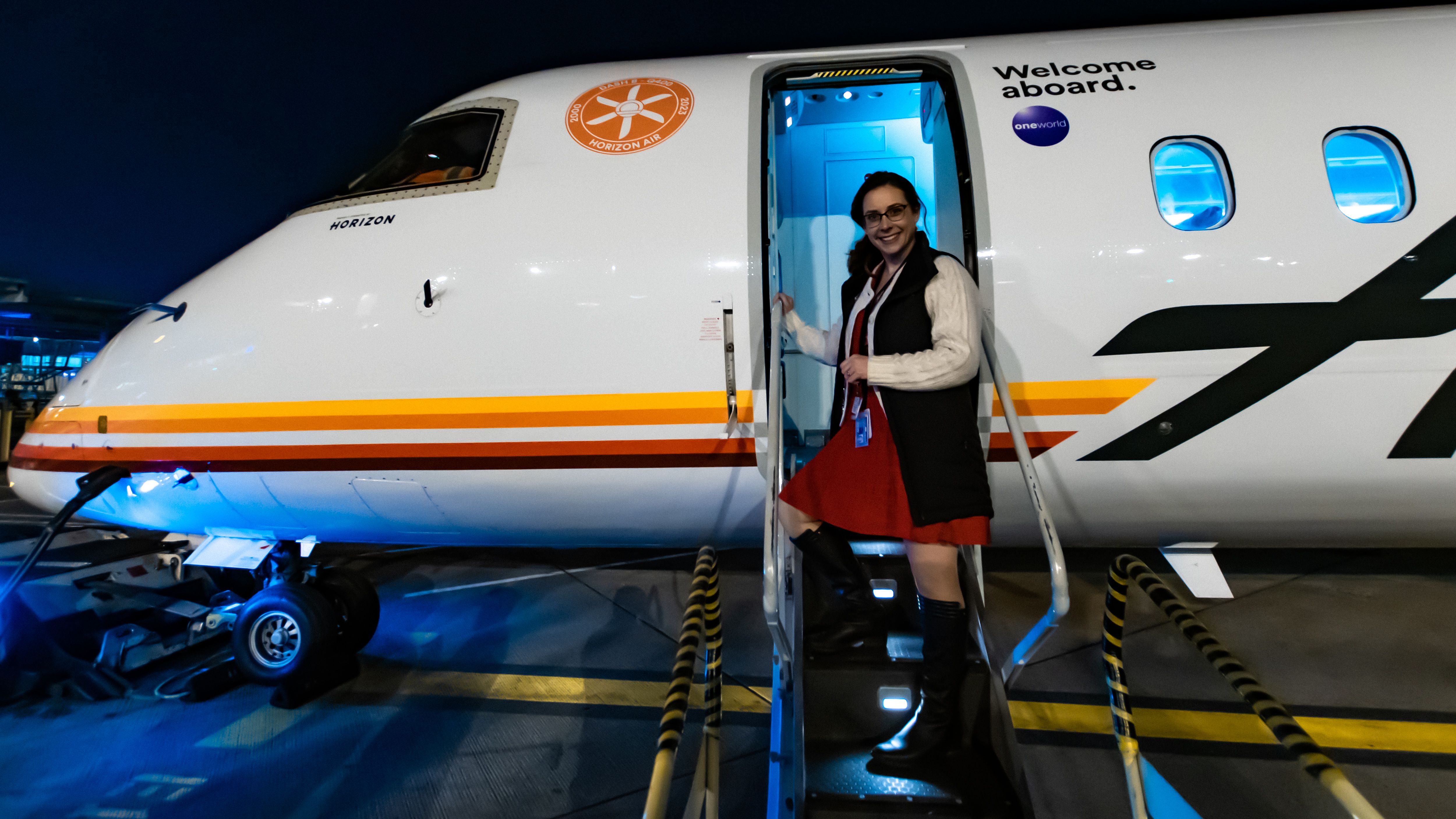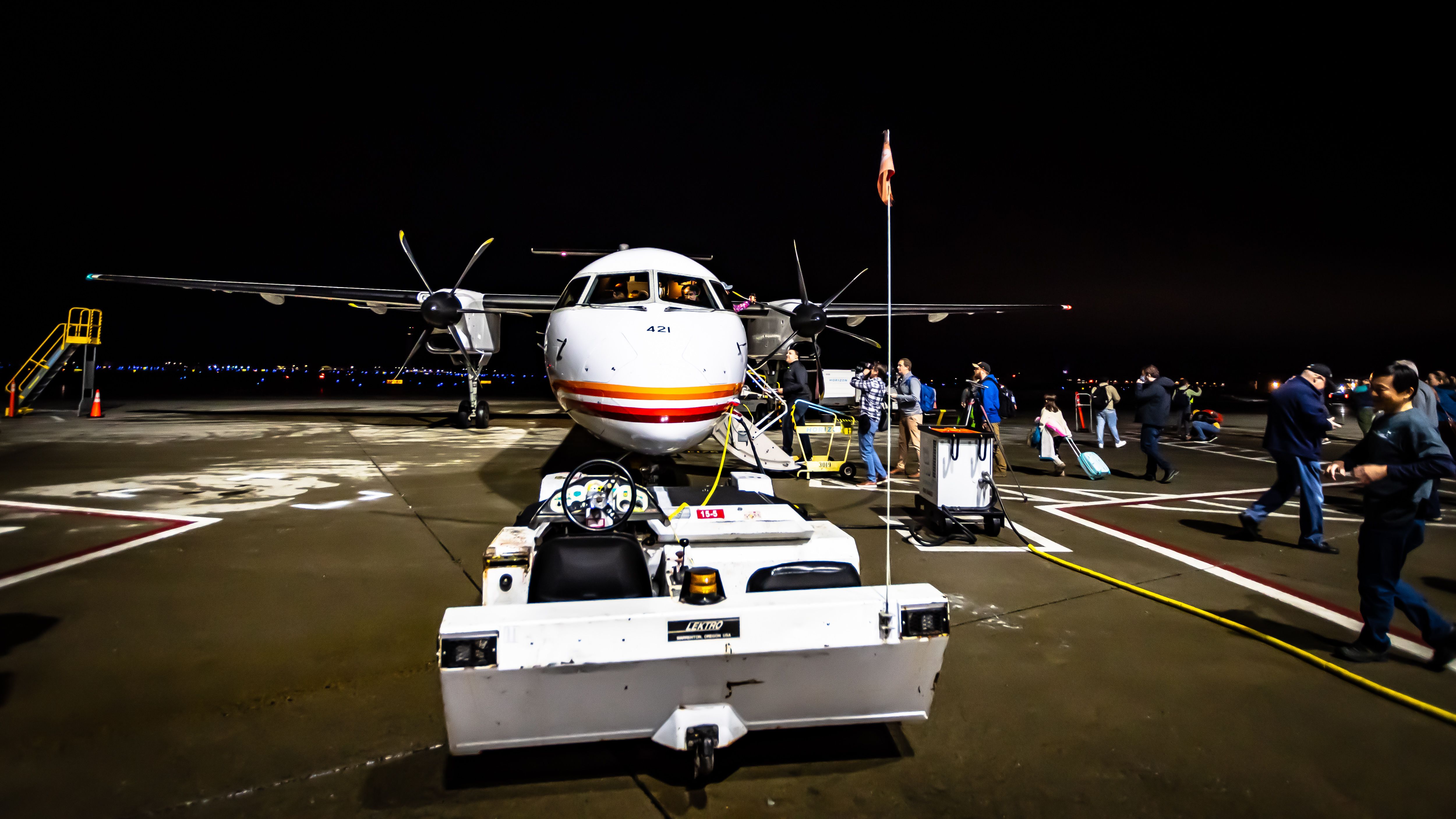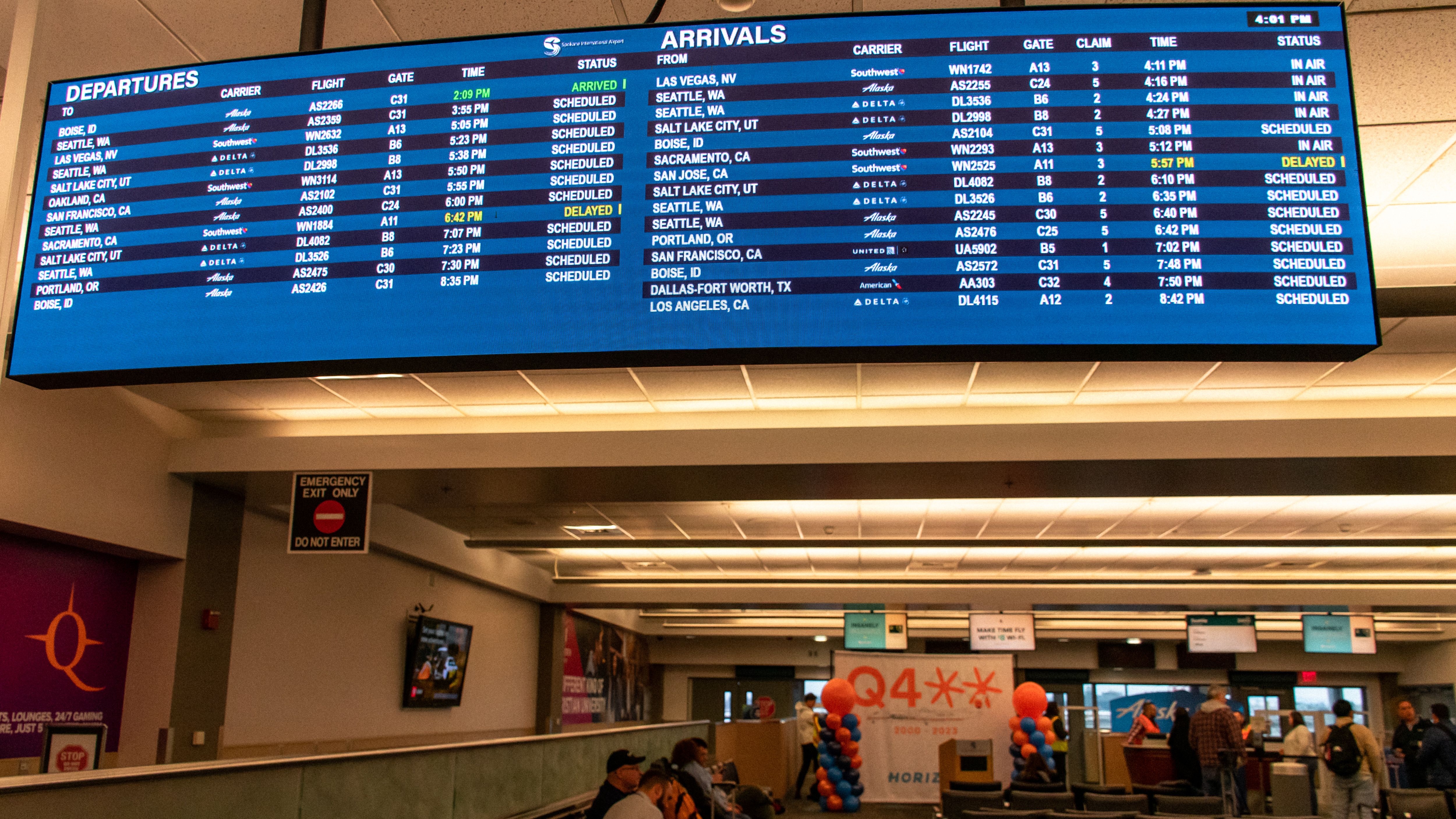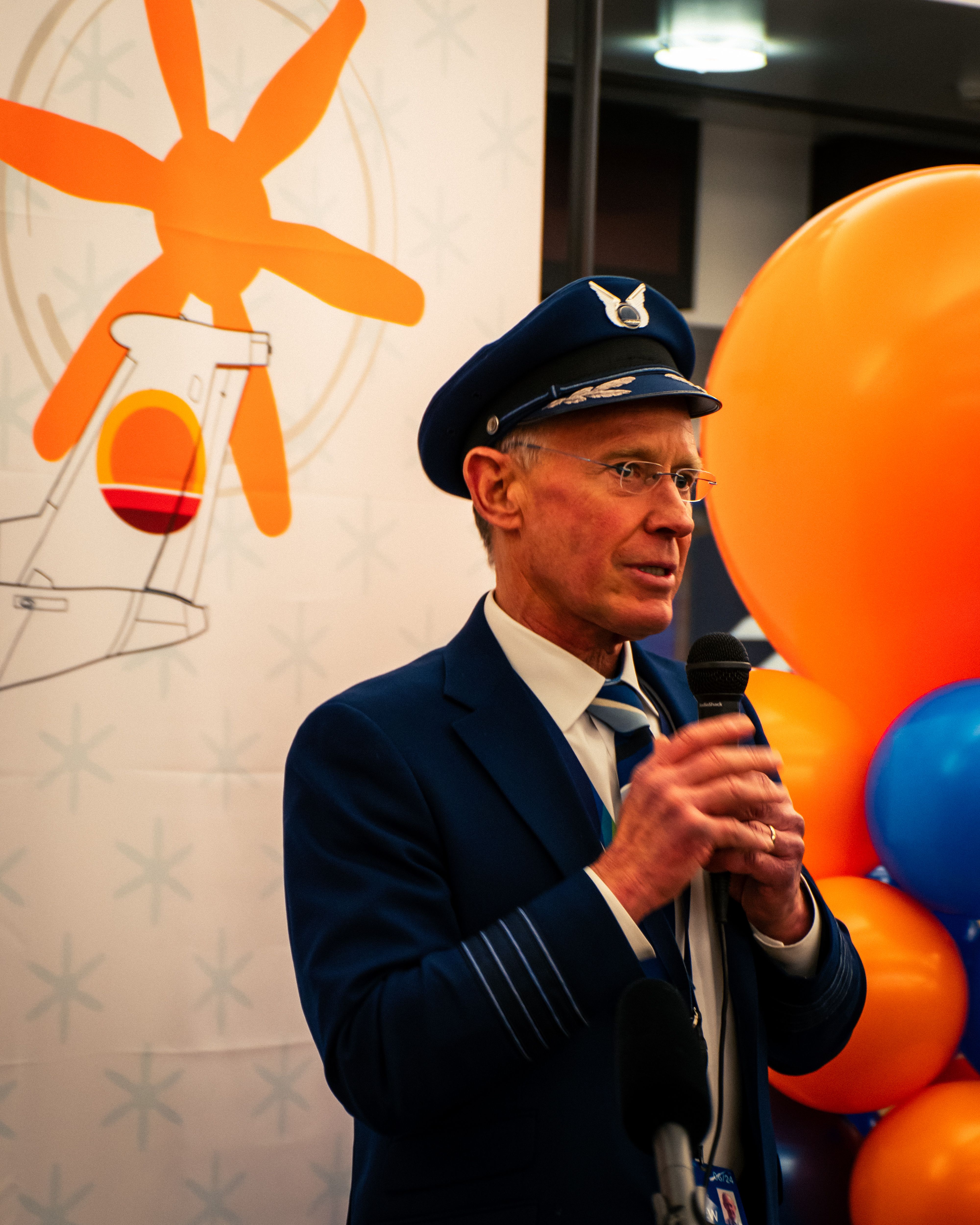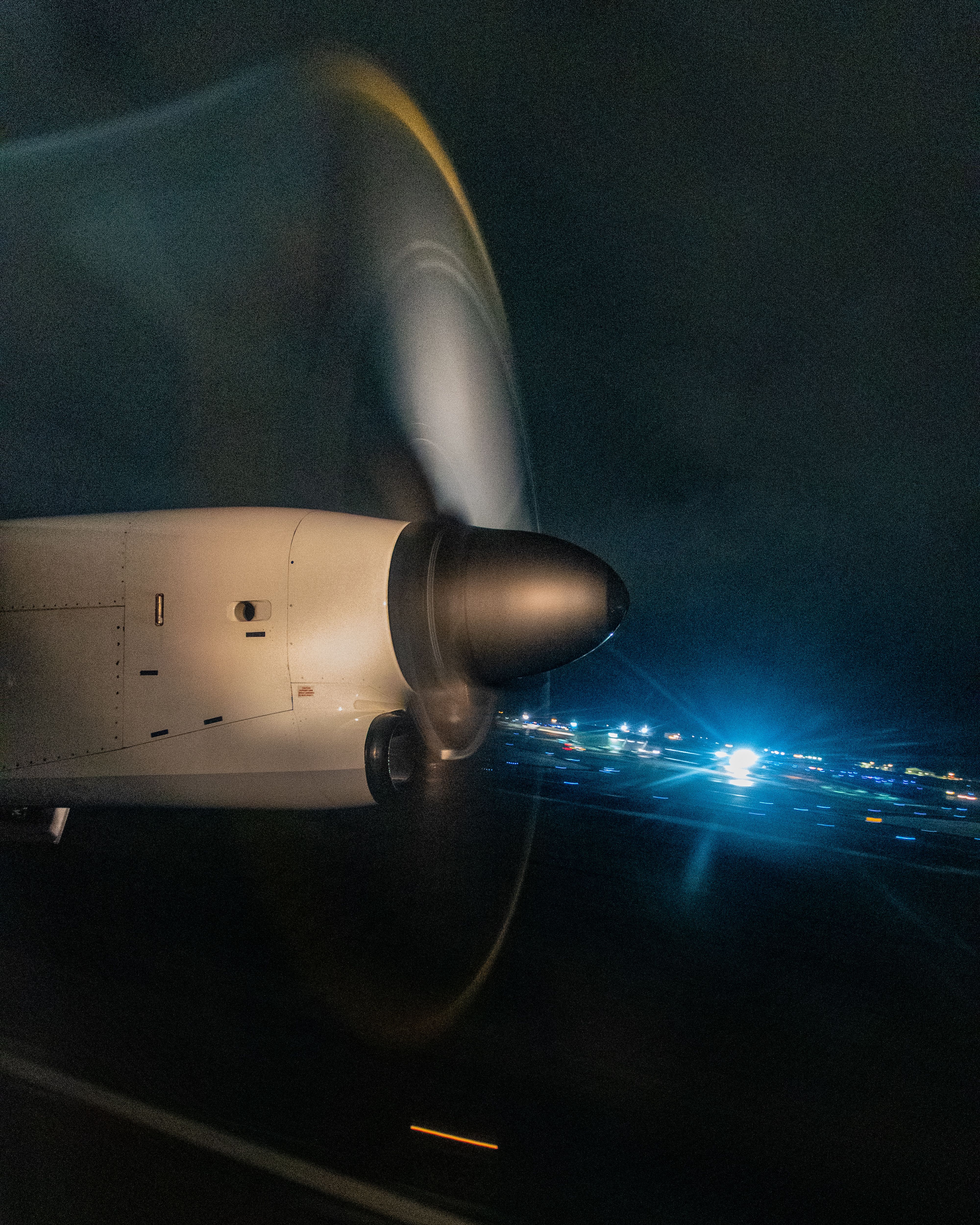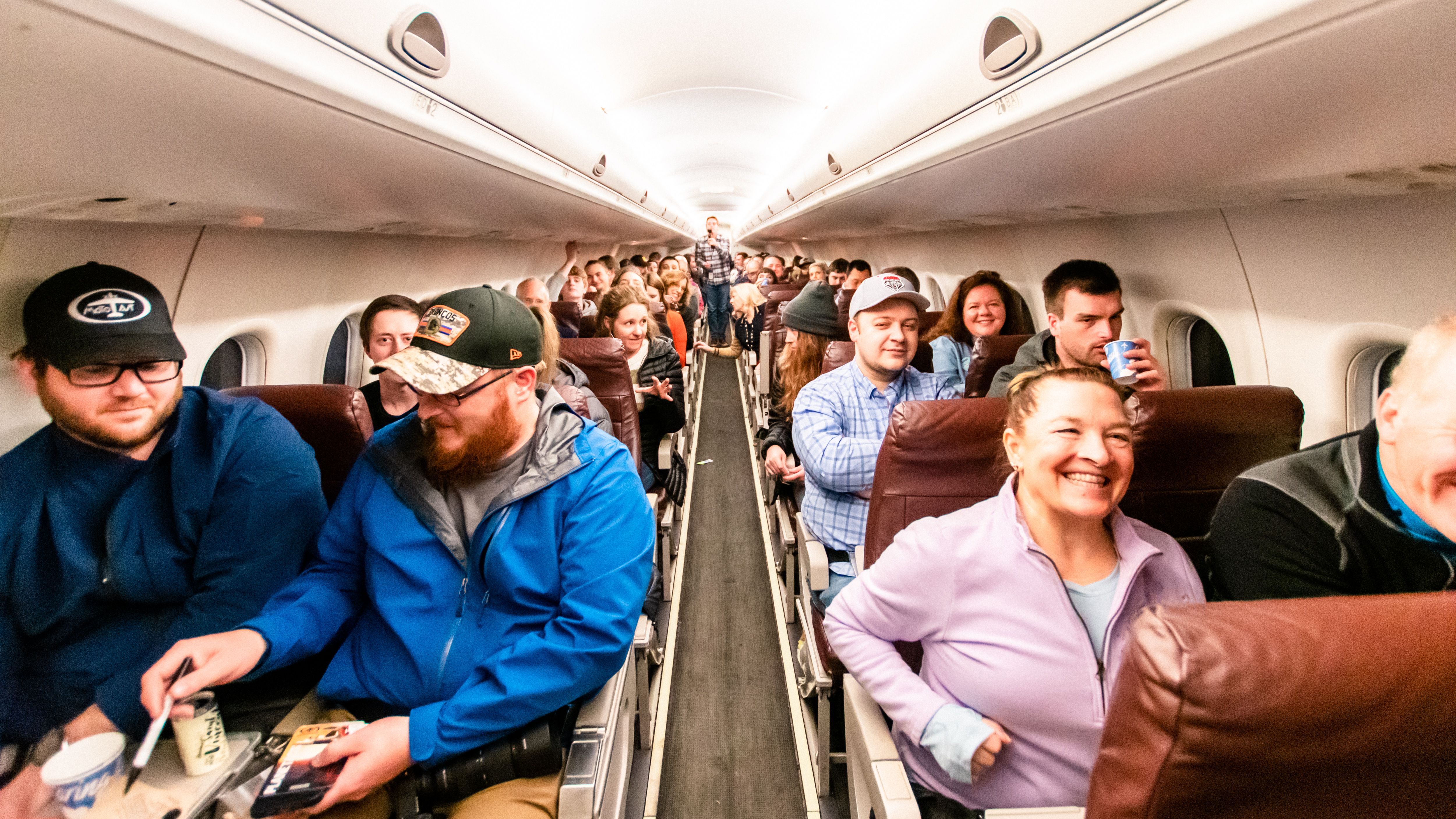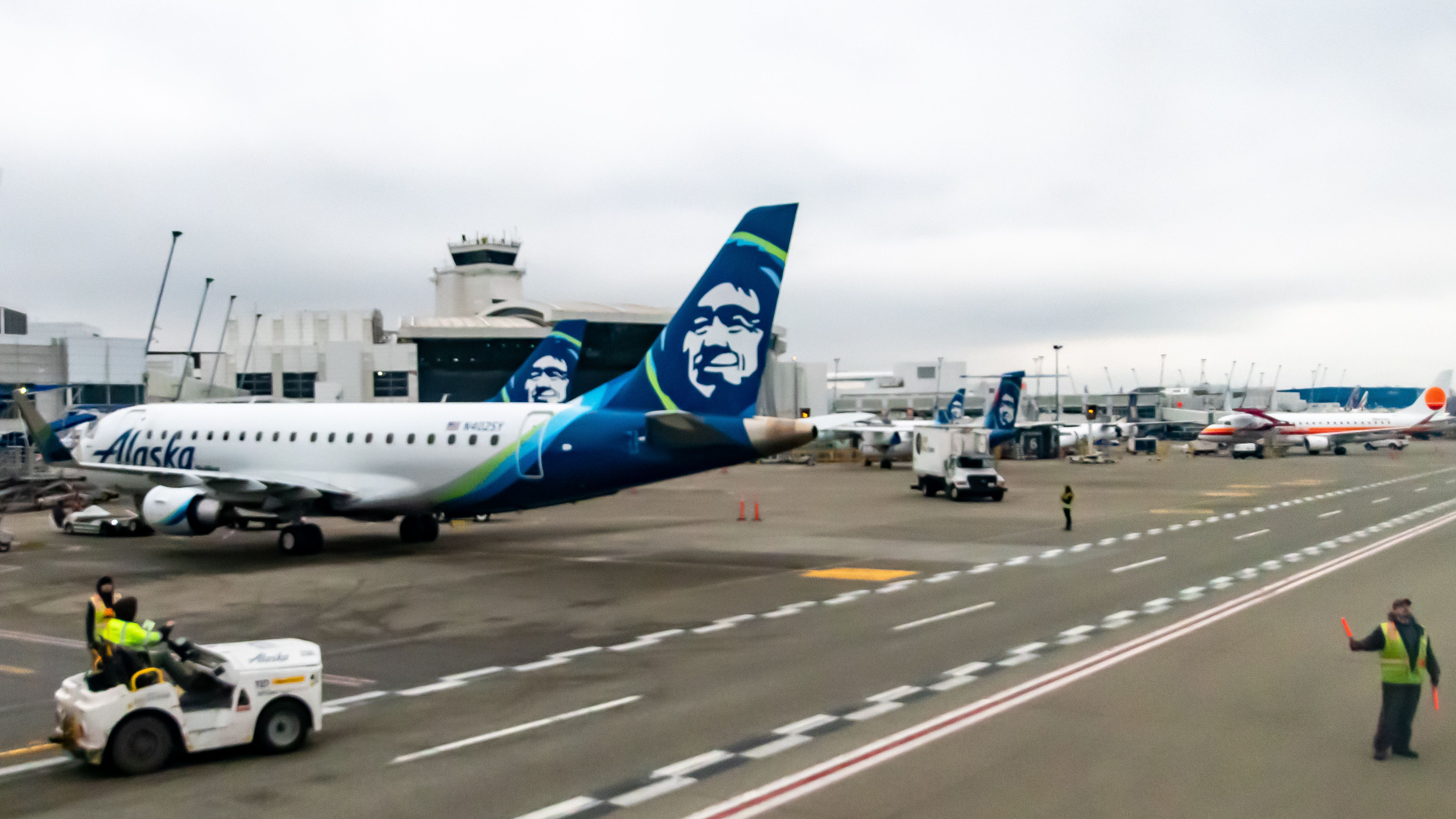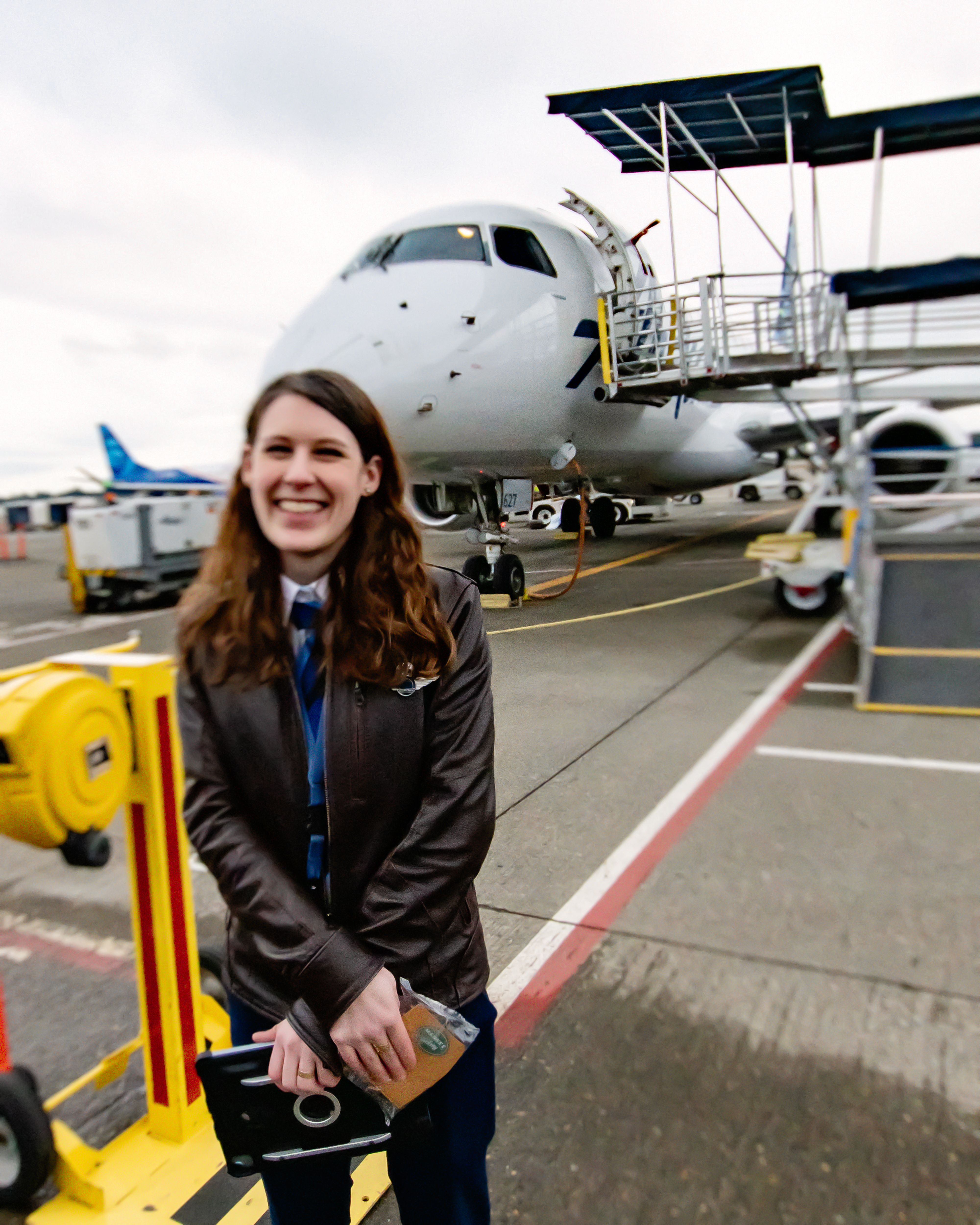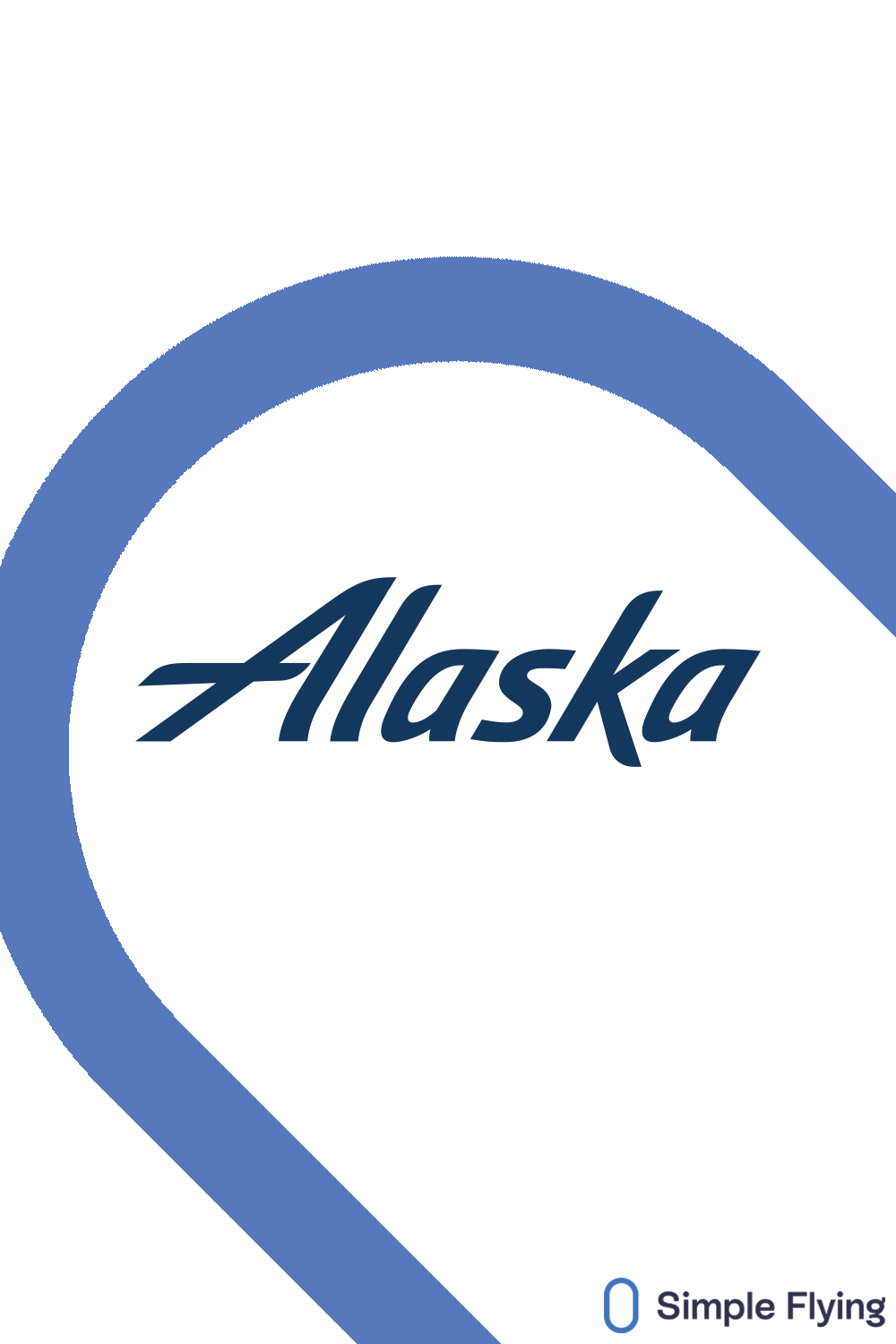On January 26, 2023 – the 22-year anniversary of Horizon Air’s first revenue flight with the Bombardier Q400, now the de Haviland of Canada Dash 8-400 – the author was invited to go along for what would be the last revenue flight for the regional subsidiary of Alaska Airlines. Of course, after planespotting to watch the mighty Q400 take off to Wenatchee, the author would race ahead and watch the penultimate revenue landing at Spokane International Airport (GEG).
Why Horizon having two fleets was not “cost-effective”
But first, why did Horizon Air make the decision to retire healthy, efficient Q400 airframes? Even though Horizon Air, according to a press statement, was at one point the world’s largest Q400 operator with 52 aircraft and found the Q400 to be an effective “backbone of our regional flying for two decades,” the time had arrived for Horizon Air to call curtains for the mighty Dash.
The rationale, according to the aforementioned Horizon Air statement, was,
[A] transition from the older Q400 turboprop to a single fleet of modern E175 jets. For Horizon, it’s one of the most important things we can do to stabilize our future. It marks a significant milestone for the airline. Flying two smaller fleets of aircraft wasn’t sustainable or cost-effective. Moving to a single fleet type allows us to better focus all our resources.
Furthermore, to Alaska Air Group CEO Ben Minicucci – who operates Horizon Air as a regional subsidiary – on the Alaska Air Group earnings call earlier that Thursday, the retirement of the Q400 alongside the mainline airline’s Airbus A320s was,
“...paving the way to more cost-efficient and productive operations in both our regional and mainline business”.
Executive Vice President and Chief Commercial Officer Andrew Harrison added that first class revenues were up 21% for the airline, helped in part by the E175's ability to fill those seats at good fares with first and premium seating classes.
An upcoming trip review will explain the benefits of Horizon Air’s premium and first class seating arrangements on the Embraer E175. But for now, the ability to charge more by adding value like a plusher seat, a personalized flight attendant, more legroom and other benefits are all key reasons for the change.
According to Jeanette Waddle, Horizon Air’s Director of Standards pictured above, another reason was a difference in cabin crew certifications. With the Q400 close to the ground, no emergency slides were necessary, whereas the E175 does have such slides. This meant flight attendants had to get separate certifications for each aircraft, just as the pilots do, adding cost and complexity to the operations.
Read the guide about cabin crew and type ratings.
You can see the passenger safety cards of both aircraft below to help illustrate Waddle’s point with the E175 cards on top of the Q400 cards:

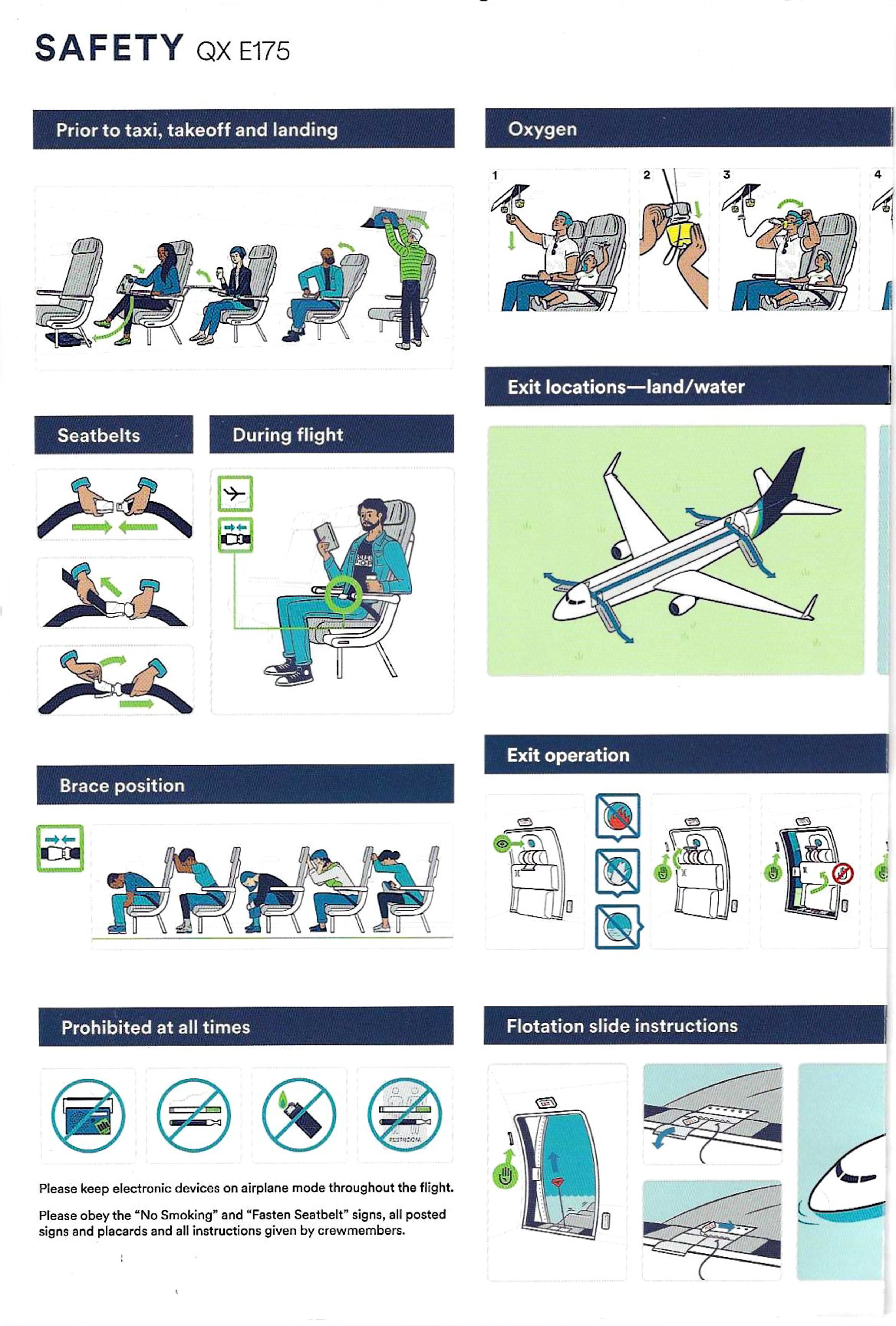
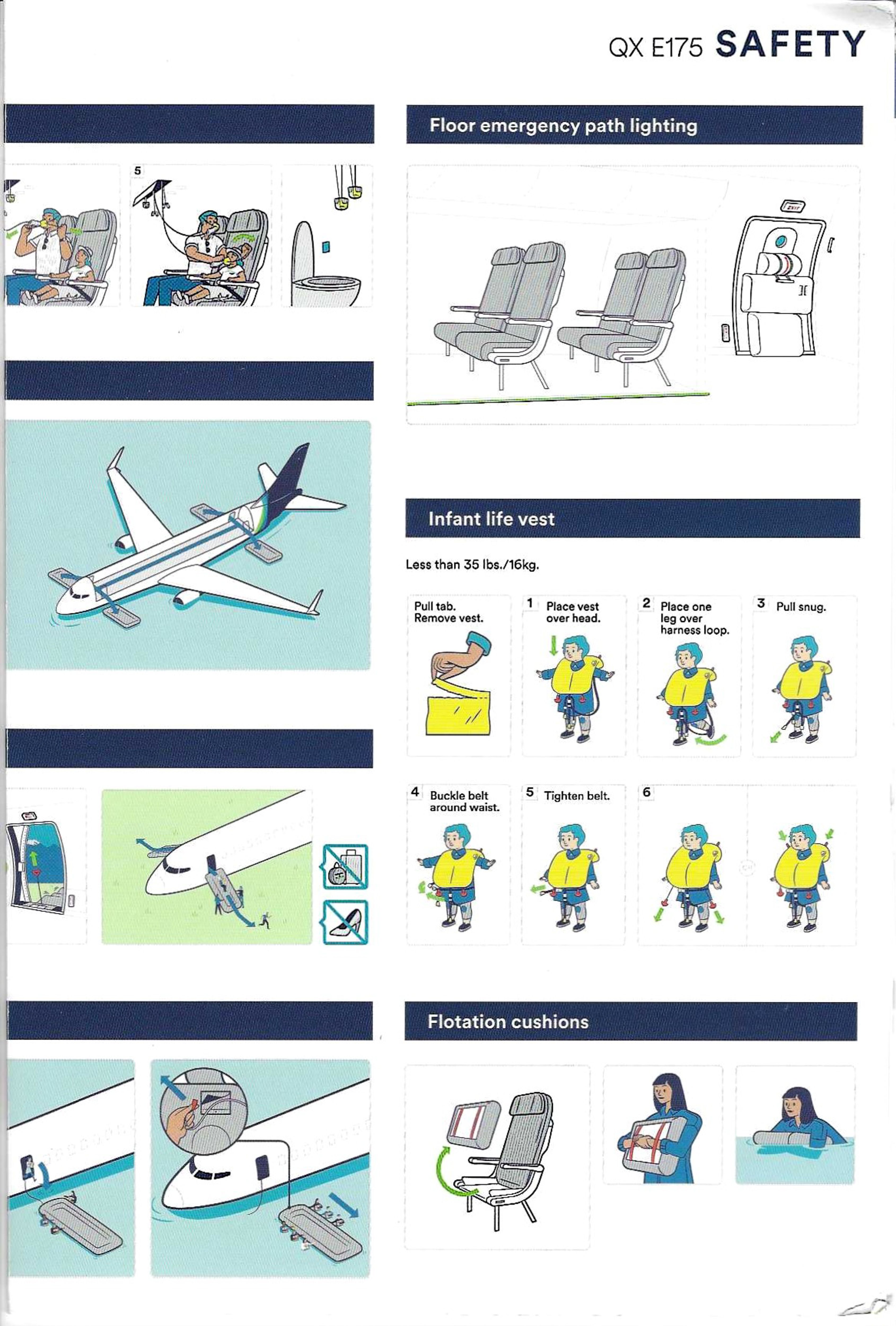
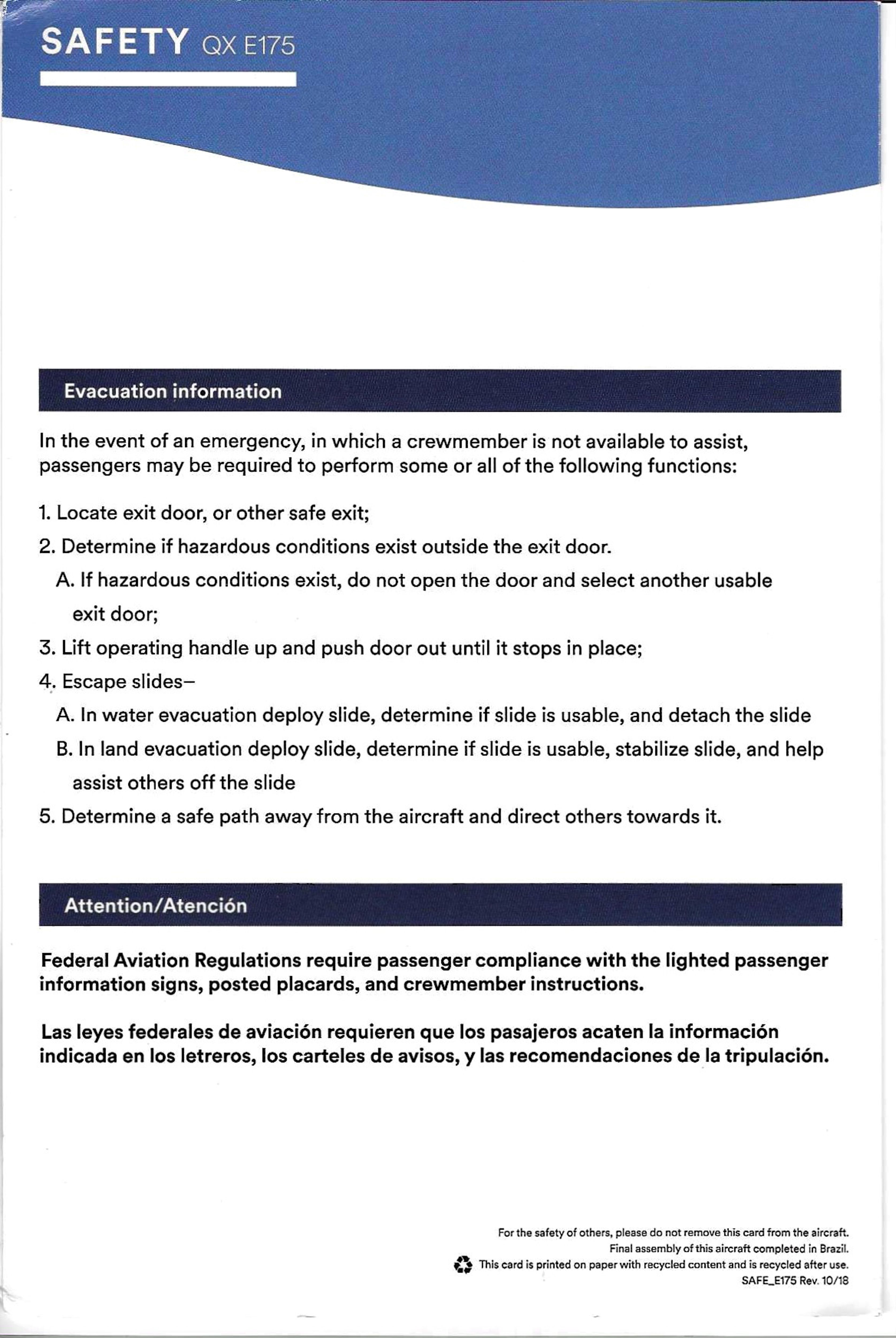

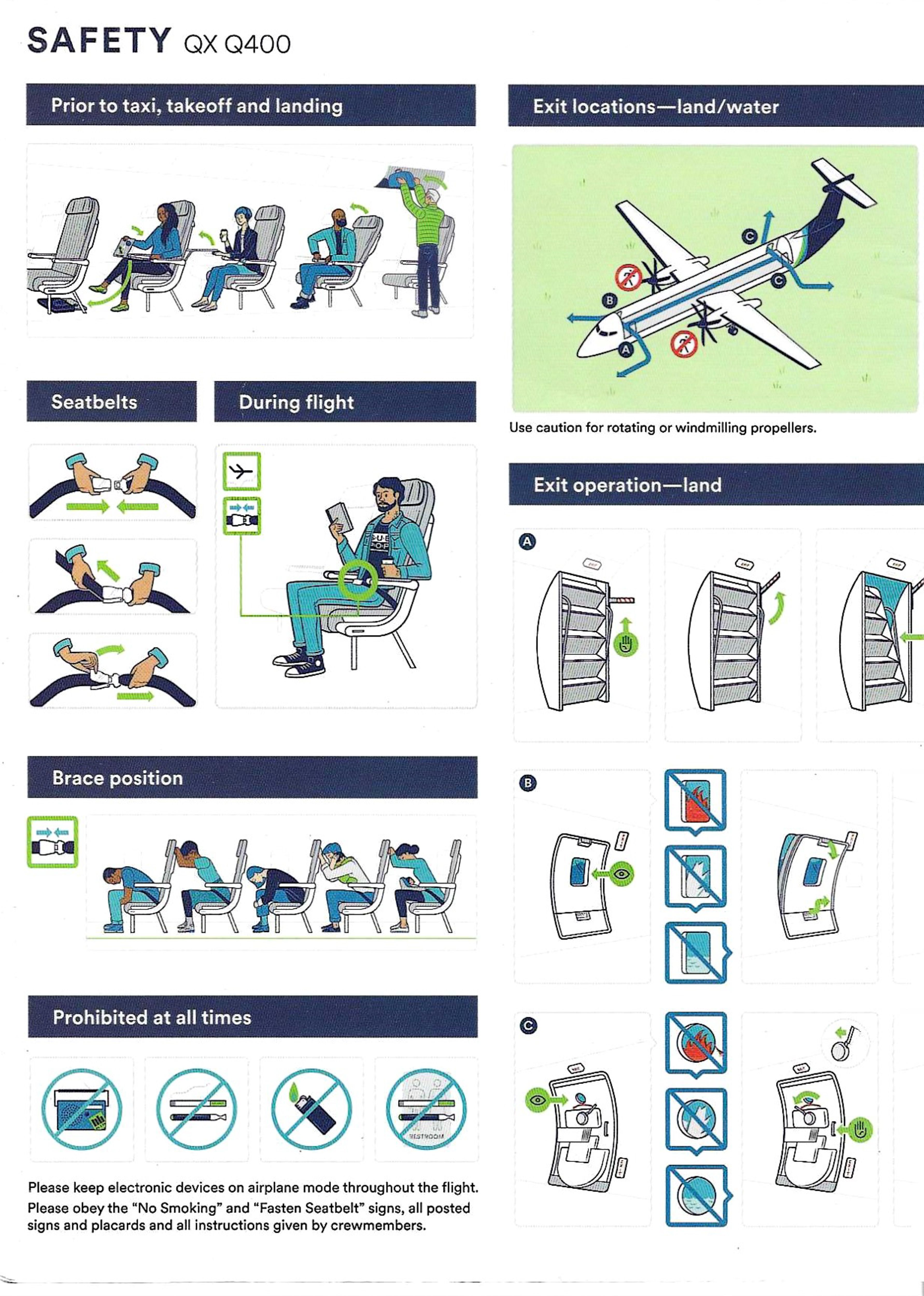
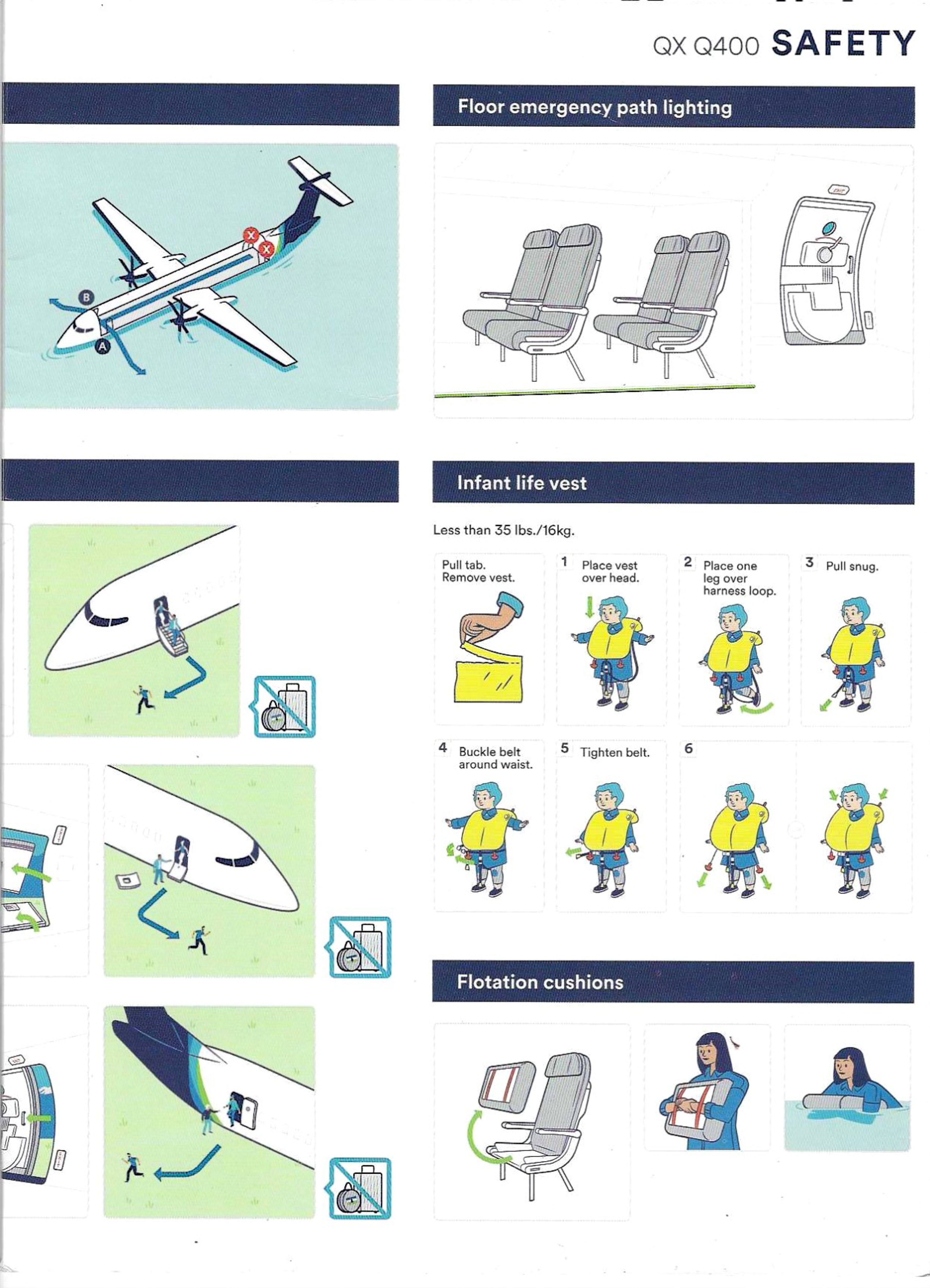
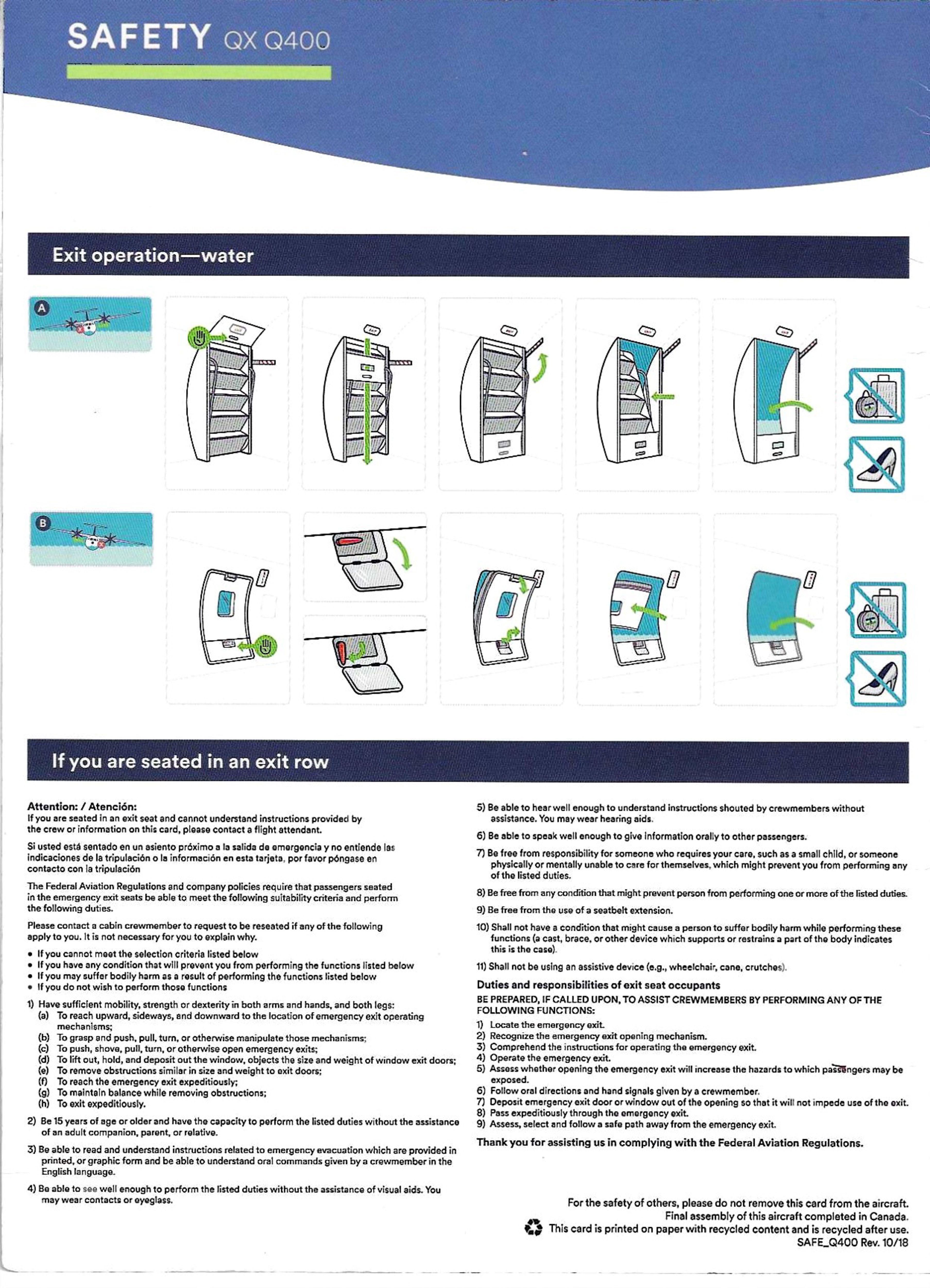
Furthermore, as Horizon Air President Joe Sprague told Simple Flying, the E175s will be able to serve new routes at higher altitudes and speeds with the same passenger capacity and a passenger experience that's on par with much larger jets.
The passenger experience on the Q400
As a future story will discuss the Horizon Air E175 passenger experience, let’s relive the final flight in the historic Q400. This was a flight that would begin at Spokane International Airport.
Spokane International Airport is a small hub airport with three concourses and service by six airlines. The airport is jointly owned by Spokane County and the City of Spokane and operated by the Spokane Airport Board.
One of Spokane’s claims to fame is being the city where Nick Mamer and Art Walker completed the first nonstop, roundtrip, transcontinental flight using aerial refueling. They departed in their biplane from Felts Field, currently a general aviation airport in Spokane’s environs, in the Spokane Sun-God and flew to San Francisco, then on to New York, and back to Spokane.
Today, Spokane has a third airport for the Washington Air National Guard full of Boeing KC-135 Stratotankers – a Boeing 707 derivative – that conducts aerial refueling and resupply flights. But on this day, Spokane would again be home to another milestone in aviation history: the departure of the last revenue flight of the Q400 turboprop for Horizon Air.
Before the boarding and take-off, a small celebratory event was held at the gate. Both Horizon Air President Joe Sprague and long-time check pilot Perry Solmonson spoke and gave interviews. Solmonson described the Q400 as:
"The embodiment of everything Horizon's has been doing in my 30 plus years here trying to make it better. How can we turn a clear weather day, how you can fly the schedule easily. Now turn the weather down towards low clouds and instrument flying conditions, and you can keep the same schedule regardless of what the weather's doing.
"That's really what we've tried to do with the airplane. And it's taken a long time and this is what it looks like with the Q400. I kind of think of the airplane as a Swiss Army Knife. It does everything. It's just it's amazing the amount of effort that's been poured into it."
It’s certainly worth noting that on the last two revenue flights, the Q400 was spotted carrying air cargo – not just luggage. Furthermore, the Q400 had to have a ramp attached at Spokane International Airport to handle a wheelchair-dependent passenger.
Boarding the aircraft
Once the press conference was over, boarding began early for photos and to keep the flight on schedule. As per above, every passenger was kindly gifted an infographic card. The card explained that Dash 8s have been in service since December 1985 and that;
An efficient, versatile, and durable aircraft, our fleet of Dash 8 aircraft, from the 37-seat 100 up to the 76-seat Q400 have been the backbone of regional flying at Alaska Air Group since their introduction.
Horizon Air ended up operating 108 Dash 8s of the -100, -200 and Q400 varieties. These aircraft flew an estimated 250,000,000 miles and 50,000,000 passengers – obviously some repeat happy passengers like the author – during their time of service.
The leather seats were comfortable, and the seatback pocket was large and roomy. I enjoyed having a simple fold-down tray to hold my beverage while I was working with my camera.
On that note, as pictured above, it was a genuine treat to see one last time out the window one of the mighty Q400’s two Dowty R408 propellors attached to a Pratt & Whitney PW150A turboprop engine. With a 13.5ft (4.1m) diameter, the props are spectacular sights in themselves. On this final revenue takeoff, the Dowty R408s even made propeller tip vortex condensation from cooling the air so much.
Read about how a turboprop works.
Once we were high enough and in relatively stable air, the flight attendants arrived, offering drinks. Champagne in aluminum cans and paper cups was gracefully offered. As per recent Simple Flying coverage, Alaska Airlines has eliminated plastic cups to promote sustainability.
I also definitely enjoyed feeling light turbulence on the Q400. To me, turbulence adds to the thrills of flight. Flying over the Cascade Mountains is a sure-fire guarantor of some turbulence on your flight, as mountain wave turbulence comes from wind interacting with mountain ranges.
It was also nice, once past that into clearer air, to get up and take a look down a fully packed cabin. Yes, it’s quite the vanishing point with a 61 ft 8 in cabin length. There was a happy atmosphere aboard. Even with the sweet hum of the turboprops cutting through the cold Washington State air, it was possible to have conversations with seatmates - one of whom was a KING 5 videographer; here's his video below:
Landing
But yes, the Q400 had to land in Seattle. First, it’s worth noting what alaska737 – a former Q400 and current Boeing 737 pilot – said in an Instagram story about landing Q400s,
“Of any plane I’ve ever flown, the Q was the hardest to land consistently smooth. The difference between butter smooth and a clunker was miniscule.”
Captain Allen Dutton got us below the clouds and set us up for the approach. The city lights of south Seattle began to poke through and we kept descending to a decent bump on landing. Cheers and applause broke out on landing, and the last revenue flight, not just for the Q400 but for Captain Dutton too, was complete.
We grateful passengers then disembarked into the bright lights of Seattle-Tacoma International Airport and the damp, calming embrace of a Pacific Northwest night.
More photos were taken and, for a hardy few photographers, we were graciously allowed to wait for the Q400 to push back and depart one last time to Portland for an employee-only retirement ceremony the next day. I decided to climb back in to take a look down the cabin and sit in the captain’s chair. I was deeply honored to be able to get these photographs with fellow aviation enthusiasts and socialize with Horizon Air employees.
But eventually, the crowd dwindled away and, even though Seattle-Tacoma International Airport was having a busy Thursday evening, the Q400 would need to be repositioned for the employee-only celebration the following day. Below are a few photos from its departure:
“Good things are always on the horizon”
This was not the end for the Horizon Air story, but rather a necessary transition. Ultimately, as Sprague posted on his LinkedIn,
"The retirement of the Q400 is nostalgic for many not only at Horizon Air and Alaska Airlines, but throughout the aviation industry. The Q400 did a lot of good during its 22 years of flying for us. But, really, the airplane was just a platform for the people of Horizon to do a lot of good for our guests, for our communities and for each other.
"As we say farewell to the Q, we’re also saying hello to a future where all the employees at Horizon Air keep building on our special culture that makes this airline so unique. Good things are always on the horizon. Onward and upward!"
Indeed, when the author landed the next day at Seattle from a Portland spotting trip, I happened to see out of the corner of my eye none other than Emma Bryson, who was quoted in a story about the Ascend Aero Academy – an Alaska Airlines effort to recruit and train both Horizon Air and Alaska Airlines new pilots – getting a check ride for E175 Captain. At a time when Horizon Air was closing a chapter with an employee-only shuttle to the internal Horizon Air Q400 retirement ceremony… this was a beautiful real-time juxtaposition.
What are your thoughts on the Q400’s service or the future of Horizon Air? Please share with civility in the comments.
Source: Motley Fool Alaska Air Group Q4 2022 Earnings Call Transcript;

